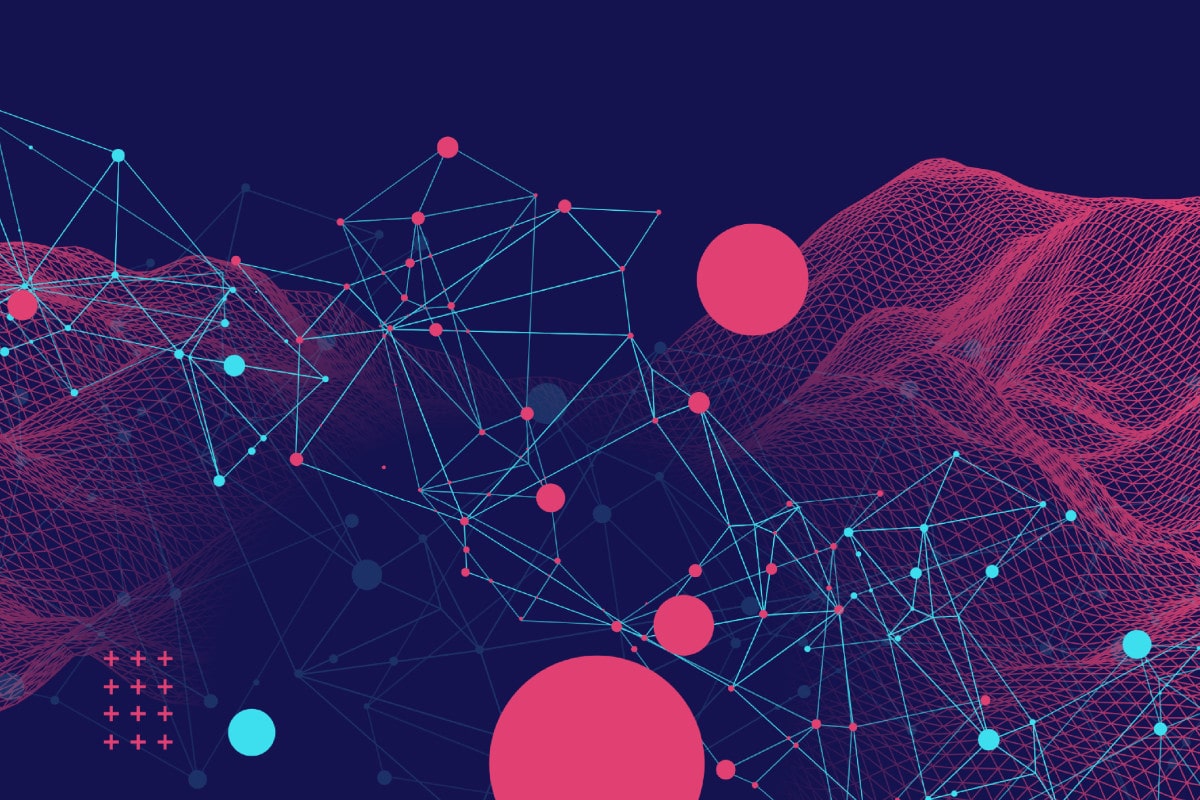The rise of IoT and its impact on everyday life
—

What is IoT?
The term IoT – Internet of Things – refers to devices that connect to the internet which allow us to receive, control or share data from that particular device1 – such as a smartphone, GPS tracker, smart home hub etc.
IoT development has been positively disruptive to our everyday lives, especially in recent times, and has even been deemed the fourth industrial revolution2. It has proven itself to be of such huge value and convenience that even those who are less technologically inclined are readily using it as it seamlessly slots itself in to our lives. As human beings, we strive for communication and newness – which is exactly what IoT has to offer as it makes information relay through devices possible.
The number of active user devices per person has increased exponentially in recent years, going from just one PC per person to multiple devices, such as smart home devices, smart phones and smart fitness watches to name a few. IoT devices continue to gain momentum in production and are flooding the consumer market, and the interconnected nature of these devices creates a useful network for sharing data, directly translating to our everyday routines and practices.
How IoT benefits and impacts us in everyday life
IoT is aiding us in working and living smarter through myriad ways. It is giving us the power to have complete control over our lives in conjunction with supporting our wellbeing behind the scenes.
In our homes, we can utilise any IoT solutions from smart assistants (such as Amazon’s Alexa or doorbell) to smart appliances such as coffee machines, with your alarm clock being connected to traffic surveillance apps and heating systems being synced with external temperature sensors and cost evaluations, all with the aim of making your life more convenient3.
Costs and waste can be reduced through IoT products such as food waste tracking fridges and the integration of light, heat and air conditioning, giving you reports on your energy usage thus allowing you to save money and be more environmentally friendly.
For our health – built on the three pillars of sleep, diet and exercise – we can use trackers for our sleep and nutritional balance, smart scales, smart activewear, and smart athletic shoes paired with exercise programmes, to enable us to keep tabs on and glean a better understanding of our health4.
Notably, our healthcare also benefits from IoT technology. Wearable technologies reduce costs and improve efficiencies in the clinical pathway whilst also improving security and patient care quality through IoT analytics and IoT systems. Patients can have their vital signs monitored outside of the hospital environment, giving a more holistic overview of their health whilst keeping clinicians informed. This gives patients more liberty and autonomy, whilst knowing their health is being tracked in a secure and efficient way, allowing them to live their lives more freely.
These technological solutions greatly increase our quality of life and add ease in to normal daily routines, in addition to helping us take better care of ourselves and the places we live. The more data that is gathered, the more personalised, intelligent and specialised the IoT platforms will become, whilst adapting to our specific demands and needs.
The Future of IoT
It has been predicted that by 2025, over 75 billion IoT products will be connected to the internet, some experts have projected5. Whilst the specific number may be unknown, it is clear that the IoT industry continues to experience unparalleled growth with major tech giants seizing the opportunity as IoT data is invaluable. The more creative the sensors and devices, the more innovative the solutions will continue to be. Witnessing the rapidity of growth from just the last two decades alone, there is no telling what the next five years – and beyond – will bring to the IoT industry. The potential of the Internet of Things is limitless.
